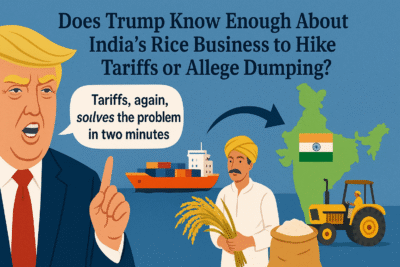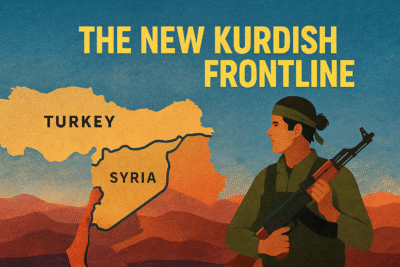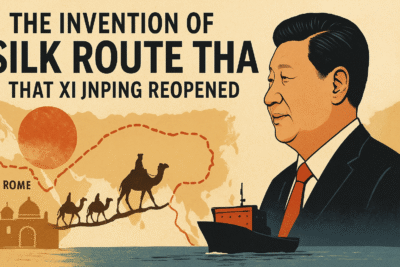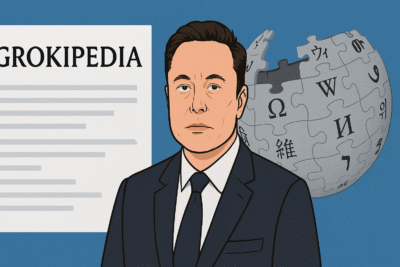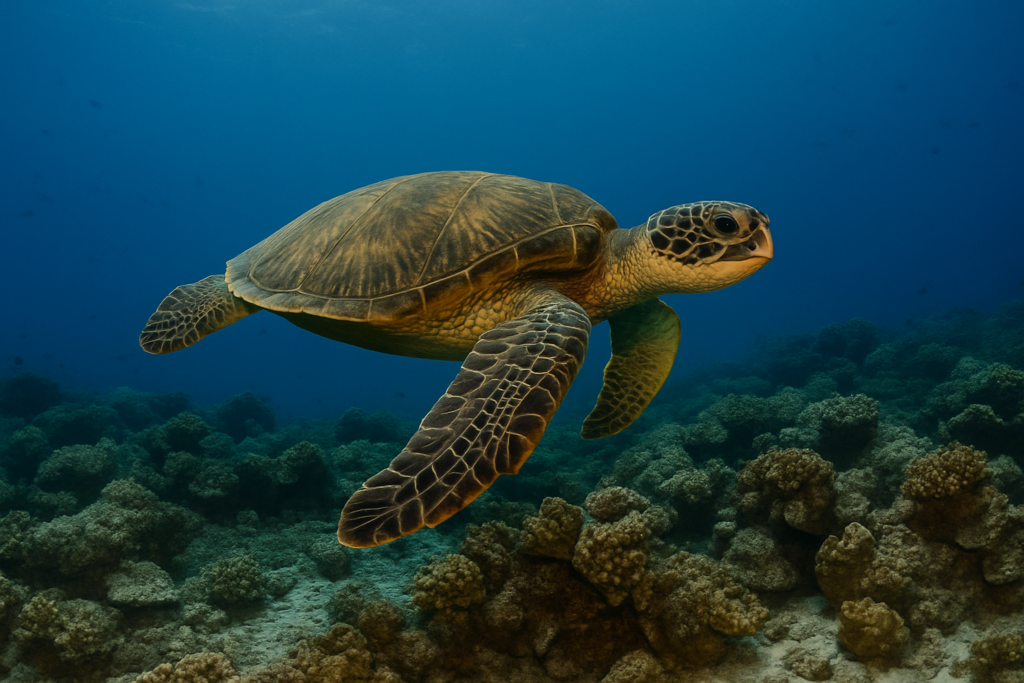
With oceans in crisis, the High Seas Treaty brings a rare sense of hope. There a chance to turn the tide before it’s too late. (Photo for representation: AI generated)
A gathering in France’s Nice has brought hope on the horizon. Last weekend, the French city of Nice buzzed with anticipation. Scientists, diplomats, and activists from around the globe gathered for the third United Nations Ocean Conference (UNOC). The stakes were high: the world’s oceans are warming, rising, and — alarmingly — changing colour. But amid the gloom, a wave of hope washed over the conference halls, centred on one ambitious idea: the High Seas Treaty.
The high seas: The wild west of the ocean
To most of us, the high seas are a mystery — vast, deep-blue expanses far from any shore. They make up nearly half the planet’s surface, yet fall outside any single country’s control. For decades, these waters have been treated as a no-man’s land, open to fishing, shipping, and exploitation, with little oversight.
Rebecca Hubbard, director of the High Seas Alliance, was quoted in news reports as remembering when the high seas were barely a blip on the political radar. “Historically, they were viewed as a secondary issue because we don’t live in them,” she explained.
But that’s changed. The world now realises the high seas are crucial for absorbing heat and carbon dioxide, supporting biodiversity, and providing food and livelihoods.
The high seas treaty: A Paris Agreement for the ocean
Enter the High Seas Treaty — hailed as the “Paris Agreement for the ocean”. This landmark pact aims to protect and sustainably manage the vast ocean areas beyond national borders.
For the first time, countries are coming together to set rules, create marine protected areas, and ensure that the high seas are not just a free-for-all.
The treaty’s timing is no accident.
The world has committed to the Kunming-Montreal Global Biodiversity Framework, which sets an ambitious “30×30” target: protect 30% of land and sea by 2030. But as Hubbard points out, “We will not be able to reach the 30% target if we do not protect the high seas.”
Why this matters: More than just water
Oceans are our planet’s blue heart. They regulate climate, provide food, and support millions of species. But they are under threat from overfishing, pollution, and climate change. The High Seas Treaty is a recognition that if we are to save our oceans — and ourselves — global cooperation is essential.
Some like María José Valverde, a sustainability analyst, see the tide turning. “There’s greater political will to act,” she has been quoted in reports as saying, “supported by countless civil society organisations and initiatives like the UN Decade of Ocean Science.”
The road ahead: Challenges and hope
Of course, agreeing on a treaty is only the first step. The real test will be in turning promises into action: enforcing rules, monitoring activities, and ensuring that all nations — rich and poor — have a say in how the high seas are managed.
But for now, there’s reason to be optimistic. For the first time, the world is treating the high seas not as a forgotten frontier, but as a shared responsibility. The blue heart of our planet may just have a fighting chance.
The High Seas Treaty marks a turning point in ocean conservation. It’s a story of awakening, cooperation, and hope — a reminder that, even in the face of daunting challenges, humanity can come together to protect our most precious resources.
